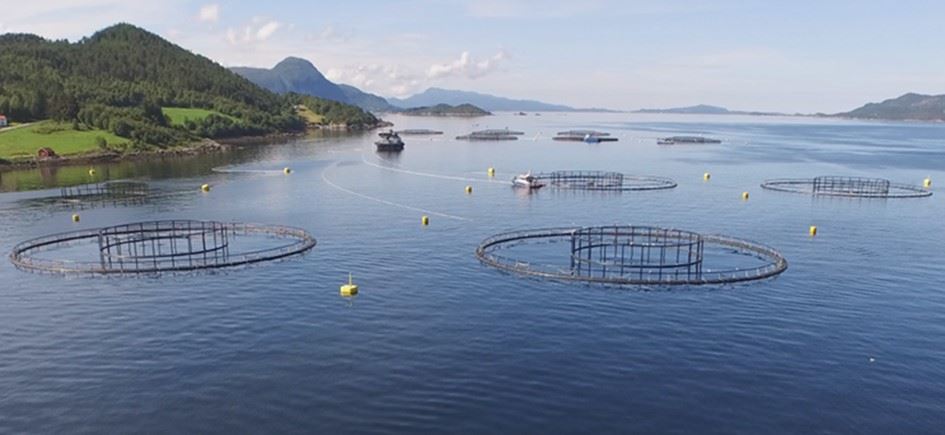Primary objective:
To investigate how low dissolved oxygen concentrations are related to natural (external) fluctuations (hourly to seasonal) in sea water oxygen in combination with salmon biomass (consumption), farm configuration and local currents.
Secondary objectives:
- To develop fundamental knowledge about the main drivers of the spatiotemporal fluctuations in DO concentrations inside large fish farms. Variables to be assessed are temperature, seasons, locations, fish density and environmental variables like currents, salinity, turbidity.
- To simulate and analyse the spatiotemporal DO distribution with a biophysical model (SINMOD) that integrated large fish farm environments.
- Coupling of the oceanographic model SINMOD with the wave model SWAN to identify how DO can be affected by wave induced mixing. To implement an interface for representation of measured, simulated and predicted environmental data (currents, waves and DO) in the digital twin framework.
The project will study representative cages under different physical location within a site and under different environmental exposure, stocked with the same group of fish. Emphasis will be on following the fish during the full production cycle. In addition to fish welfare, health indicators that will be followed (from farmer's fish health report) are e.g salmon lice concentrations, infectious diseases, wound development. The project will develop fundamental knowledge of production environments, fish behaviour, welfare and health in farming systems (skirt and without skirt) and locations using two case studies (exposed, open sea). The project will also provide knowledge about optimal farm layout for avoiding/reduce health diseases and/or increase welfare.
Background:
The dissolved oxygen (DO) level in open salmon net cages is one of the key indicators for fish welfare and fish growth. Two of the main drivers of DO levels are sea temperature and oxygen consumption by fish. Increasing temperature has the double effect of decreasing the solubility of oxygen and increasing fish respiration. Other external factors such as photosynthetic production by phytoplankton and respiration (zooplankton, fish, and microbial etc) also impact on DO concentrations. Coupled biochemical and physical processes lead to horizontal and vertical heterogeneity in a number of environmental variables (eddies, submerged chla max etc). DO concentrations within a fish farm thus vary on a range of spatiotemporal scales, and hence the drivers of fluctuations in DO concentrations may be both external and internal. Fish farmers have reported sudden decreases in DO levels, the causes of which remain to be fully understood. High water temperatures may increase phytoplankton growth and respiration locally, further decreasing DO levels and increasing fish mortality rates.
Relevance to the industry:
With the establishment of fever but larger fish farms (Ocean Farm/Smart Fish Farm and consideration to increase fish density at current locations), there is potentially an increased risk of oxygen reduction and thus a need for better methods and models for calculating oxygen consumption and spatiotemporal? concentrations. These methods must consider both fluctuations in surrounding oxygen concentrations, mixing from the atmosphere and consumption by the fish. This requires a better understanding of the significance of turbulence and its implementation in models. The project is interdisciplinary (oceanography, modeling, hydrodynamics, and water chemistry) and will generate new knowledge and new tools that are very industry relevant.

